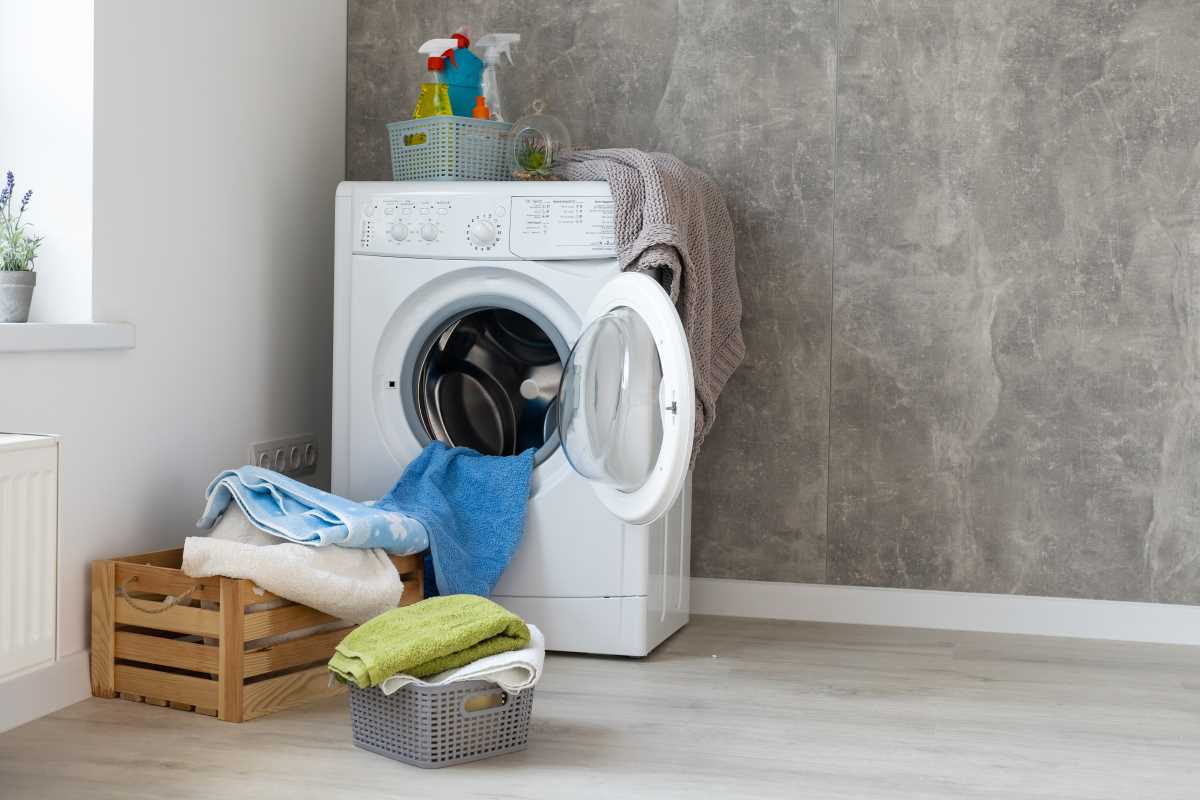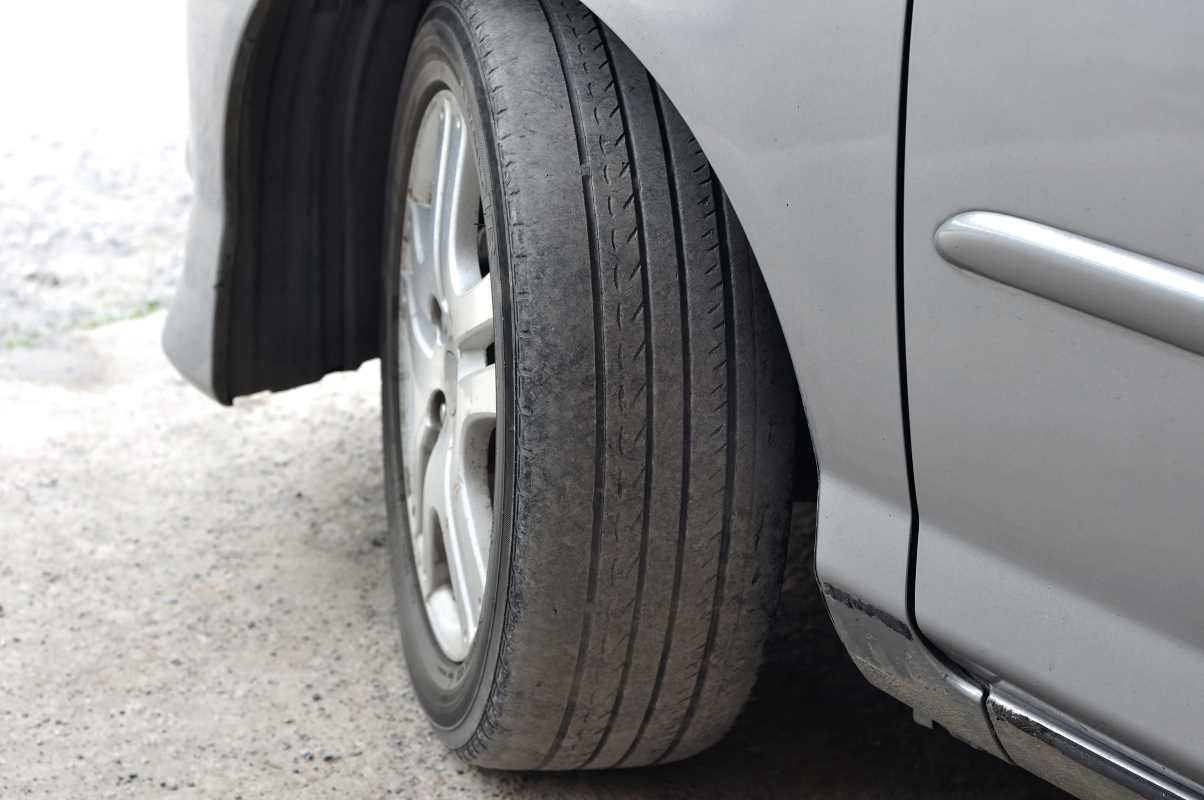Finding the perfect mattress can feel like searching for a needle in a haystack. With so many options, styles, and features to consider, it’s no wonder the process can feel overwhelming. But here’s why it’s worth the effort: the right mattress is essential for getting quality sleep, which supports your health, mood, and energy levels. The key is understanding that everyone’s sleep habits are different. Whether you toss and turn, sleep on your back, or curl into a ball on your side, your unique sleeping position and preferences play a major role in determining what type of mattress will work best for you. By matching your sleeping style to the right mattress, you can turn restless nights into refreshing mornings.
Side Sleepers and the Need for Cushioning
Side sleeping is one of the most common positions, but it comes with its challenges. When you sleep on your side, your shoulders and hips bear a significant amount of pressure, which can lead to discomfort if your mattress isn’t providing the right support. That’s why side sleepers often benefit from mattresses that provide a balance of softness and support. Memory foam or hybrid mattresses are popular choices because their softer top layers cradle the body, reducing pressure points while maintaining spine alignment.
Another factor to consider is responsiveness. Because side sleepers naturally shift positions throughout the night—from a curled fetal posture to a more stretched-out position—a mattress that contours to movement can make these transitions feel smoother. Look for materials like gel-infused foam or pillow tops that offer a bit of give without sinking too deeply.
And don’t forget about edge support. If you prefer to sleep close to the edges of your bed, mattresses with reinforced edges can keep you feeling secure and prevent sagging over time.
Back Sleepers and the Need for Support
Back sleepers have different requirements, as this position evenly distributes body weight across the mattress. Proper spinal alignment is the top consideration here, meaning you’ll need a mattress that provides a firm yet comfortable surface. Too soft, and your lower back can sag, leading to strain. Too firm, and you might wake up feeling stiff.
Mattresses made with medium-firm memory foam or innerspring supports often work well for back sleepers. These styles offer ample lumbar support while accommodating the natural curve of your spine. Look for a mattress with a zoned design, where the middle portion is slightly firmer to reinforce the lower back, while the top and bottom sections are softer to accommodate your shoulders and legs.
Temperature regulation is another key feature. Many back sleepers wake up feeling hot if the mattress traps too much heat. To avoid this, prioritize mattresses with cooling materials like breathable foams, gel-infused layers, or pocketed coils that promote air circulation.
Stomach Sleepers and the Need for Stability
Stomach sleepers face unique challenges, as this position puts extra stress on the neck and lower back. To keep your spine from bowing awkwardly, a firmer mattress is often the best bet. Softer mattresses can cause the midsection to sink too deeply, throwing the body out of alignment. With a firmer surface, your hips stay level, providing better support.
Consider mattresses with a high-density core, as these provide the stability stomach sleepers need. Options like firm memory foam, latex, or even supportive innerspring beds meet these needs while offering just a touch of cushioning for extra comfort.
Another important detail for stomach sleepers is the height of their pillow. While not directly related to the mattress itself, using a low-profile pillow helps keep the neck in a more neutral position, reducing strain and ensuring a better night’s sleep.
Combination Sleepers and the Need for Versatility
Combination sleepers are those who change positions frequently throughout the night, moving between their back, side, or stomach. Because of this, they require a mattress that adapts well to movement while offering comfort in all positions. Hybrid mattresses are a great choice for combination sleepers. These mattresses, which combine elements of memory foam and coil systems, offer the perfect mix of contouring and responsiveness.
The key feature to focus on is bounce. A highly responsive mattress that adjusts quickly to your movements can prevent that “stuck” feeling some people experience with traditional memory foam. Materials that spring back into place, like latex or specially designed open-cell foam, allow you to shift freely while still providing a supportive base.
Additionally, motion isolation can make a big difference. If you share your bed with a partner, you’ll want a mattress that minimizes disturbances when one person moves. Many hybrid and foam styles include layers that absorb motion, providing a more peaceful sleep environment for both of you.
Couples with Different Sleep Needs
When two people share a bed, finding a mattress that suits both sleepers can add complexity to the decision. It’s not uncommon for one person to prefer a firm feel while the other enjoys a softer surface. To address this, some companies offer customizable mattresses with dual-sided firmness levels, allowing each person to tailor their side.
Another option to consider is a mattress with strong motion isolation, especially if you and your partner have different sleeping styles. For example, if one of you is a restless combination sleeper while the other sleeps soundly in one position, a mattress designed to absorb movement can help both of you enjoy a smoother night.
Temperature control is yet another shared concern for couples. If one person tends to overheat, look for mattresses with enhanced cooling features that prevent excess warmth without compromising comfort for the other partner.
Sleepers with Specific Pressure Relief Needs
For individuals who experience joint pain or pressure sensitivity, selecting the right type of mattress is crucial. Memory foam and latex mattresses are often the go-to choices here because they mold to the body, evenly distribute weight and reduce strain on sensitive areas like the shoulders, hips, and knees.
For extra relief, mattresses with zoned support systems are worth exploring. These designs utilize varying levels of firmness across the mattress to target areas that require the most cushioning and support. For instance, softer sections can cradle your shoulders, while firmer zones support the lumbar region.
Lightweight and Heavier Sleepers
Another key consideration when choosing a mattress is your body weight, as this can significantly impact how the mattress feels and performs. Lightweight sleepers, for instance, may find firm mattresses uncomfortable because they don’t sink enough to feel supportive. Softer materials, such as plush memory foam or pillow-top options, tend to work better for individuals on the lighter side.
On the other hand, heavier sleepers often require mattresses with enhanced durability and support to prevent sagging over time. Hybrid and innerspring mattresses are popular choices because they combine supportive coil systems with pressure-relieving top layers. Heavier sleepers also benefit from mattresses with thicker profiles, as these are better equipped to maintain their shape and provide support night after night.
The right mattress is out there, and when you find the one that fits your sleeping style like a glove, you’ll feel the difference in how rested and refreshed you wake up every morning.







